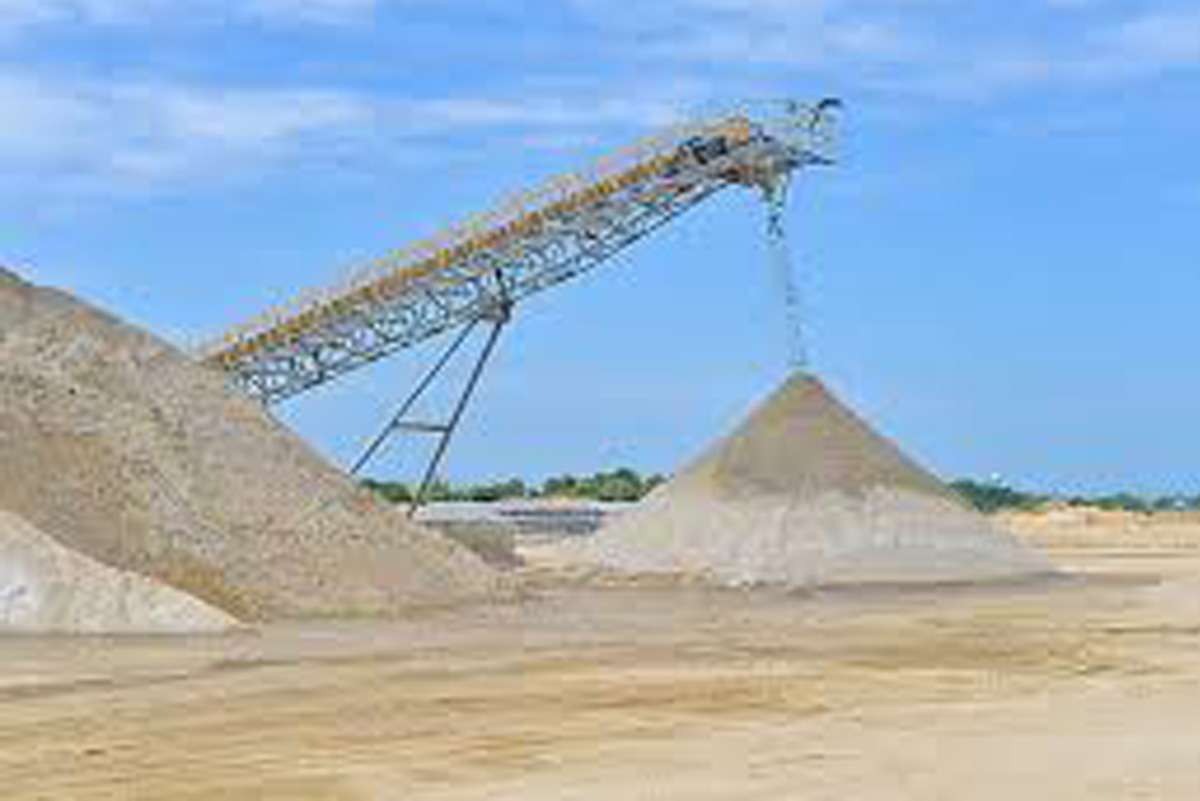Sand mining in India has been both legal and illegal, economically paying and ecologically degrading; a major source of sand for construction and equally devastating source of riverbed degradation. Sand mining has been one of the culprits of Uttarakhand floods, the floods that were unprecedented in their impact and intensity. Impacts of sand mining can be broadly classified into three categories:
Physical: The large-scale extraction of streambed materials, mining and dredging below the existing streambed, and the alteration of channel-bed form and shape leads to several impacts such as erosion of channel bed and banks, increase in channel slope, and change in channel morphology. These impacts may cause:
(1) the undercutting and collapse of river banks,
(2) the loss of adjacent land and/or structures,
(3) upstream erosion as a result of an increase in channel slope and changes in flow velocity, and
(4) downstream erosion due to increased carrying capacity of the stream, downstream changes in patterns of deposition, and changes in channel bed and habitat type.
WaterQuality: Mining and dredging activities, poorly planned stockpiling and uncontrolled dumping of overburden, and chemical/fuel spills will cause reduced water quality for downstream users, increased cost for downstream water treatment plants and poisoning of aquatic life.
Ecological: Mining, which leads to the removal of channel substrate, resuspension of streambed sediment, clearance of vegetation, and stockpiling on the streambed, will have ecological impacts. These impacts may have an effect on the direct loss of stream reserve habitat, disturbances of species attached to streambed deposits, reduced light penetration, reduced primary production, and reduced feeding opportunities.

